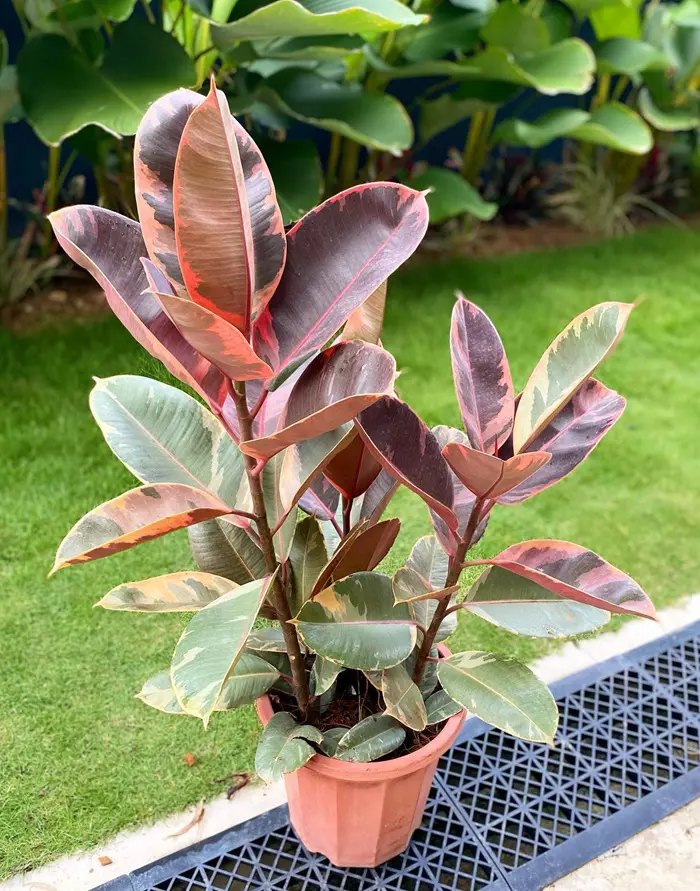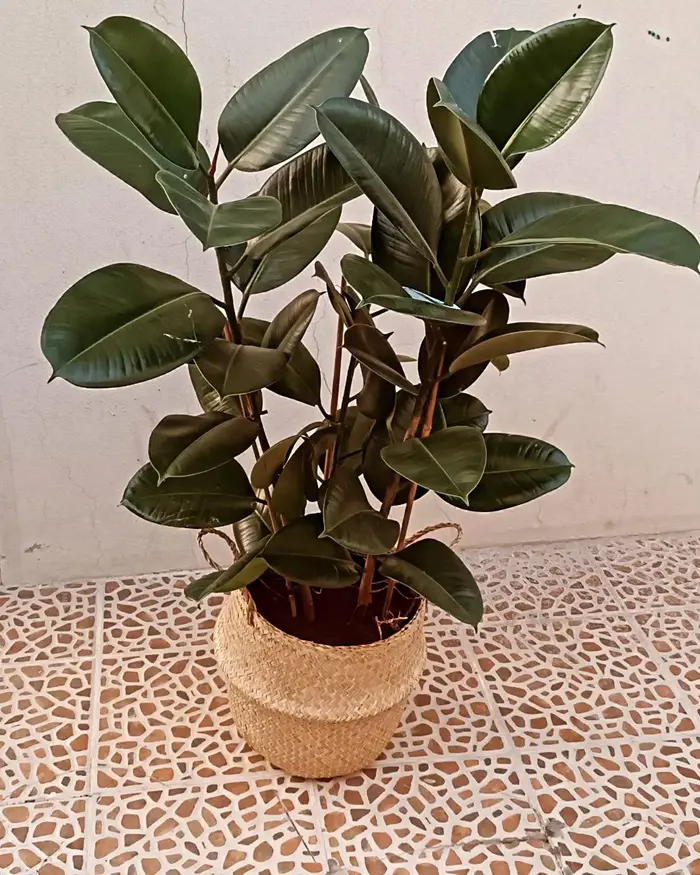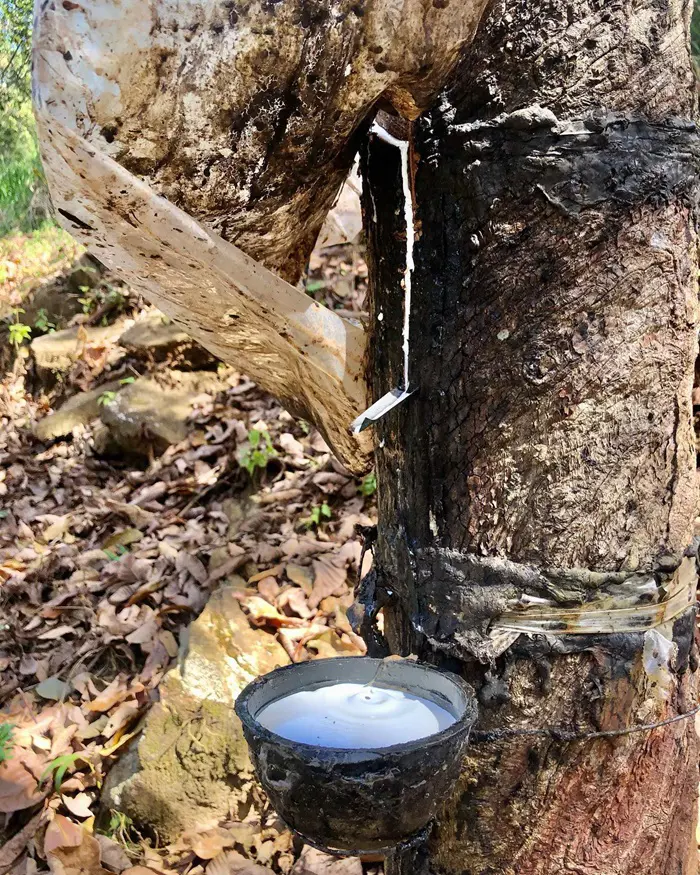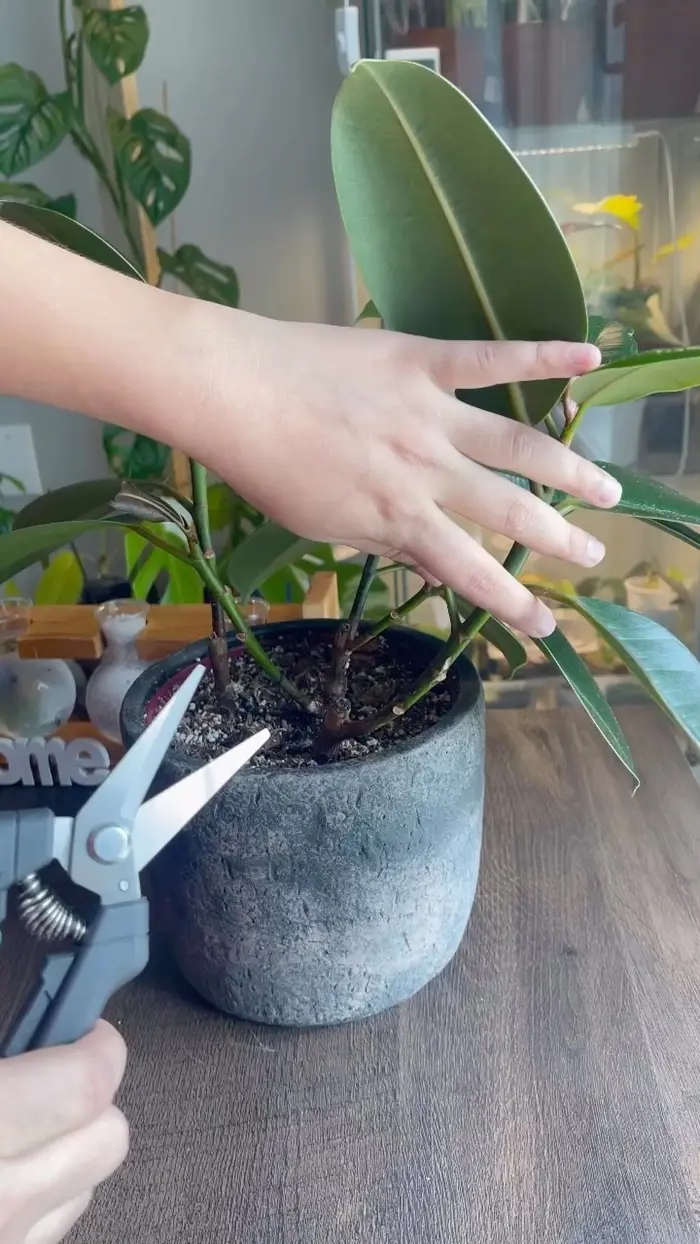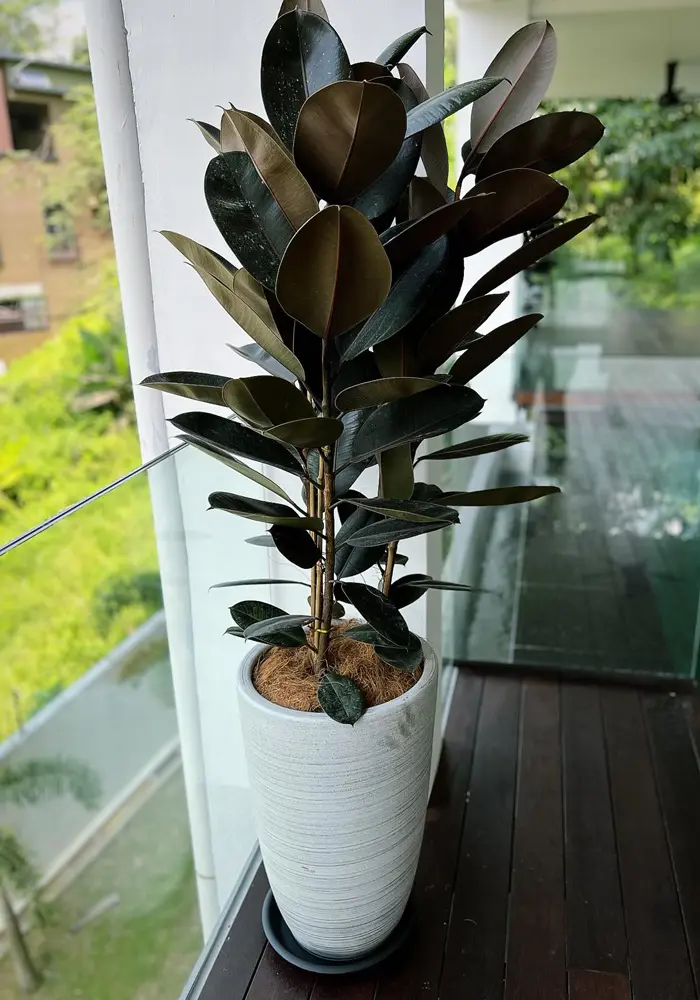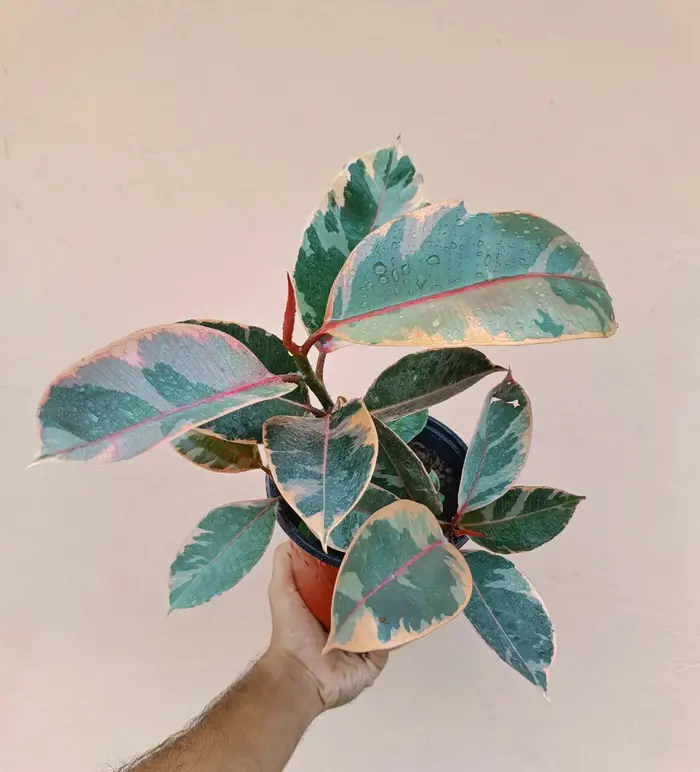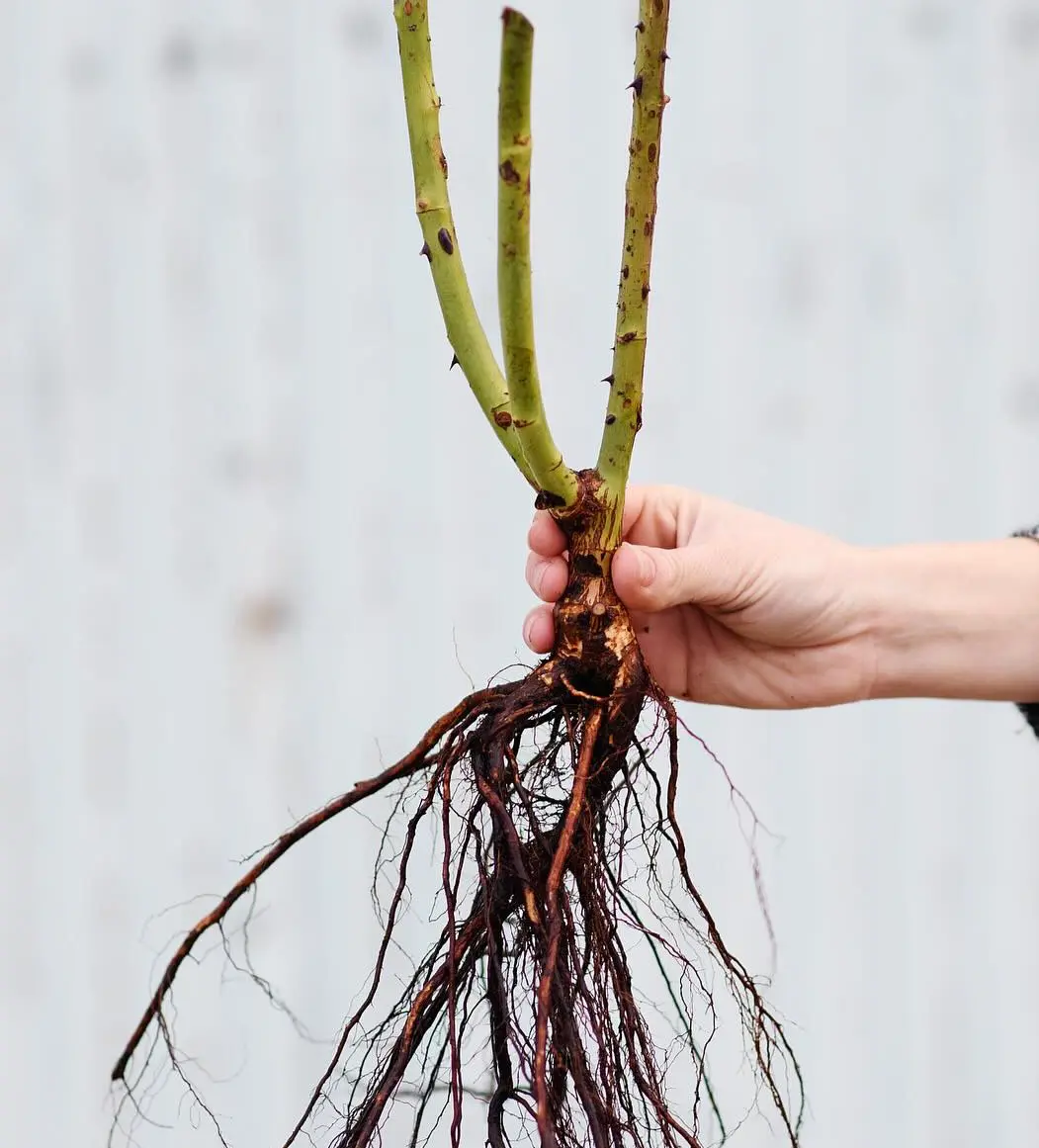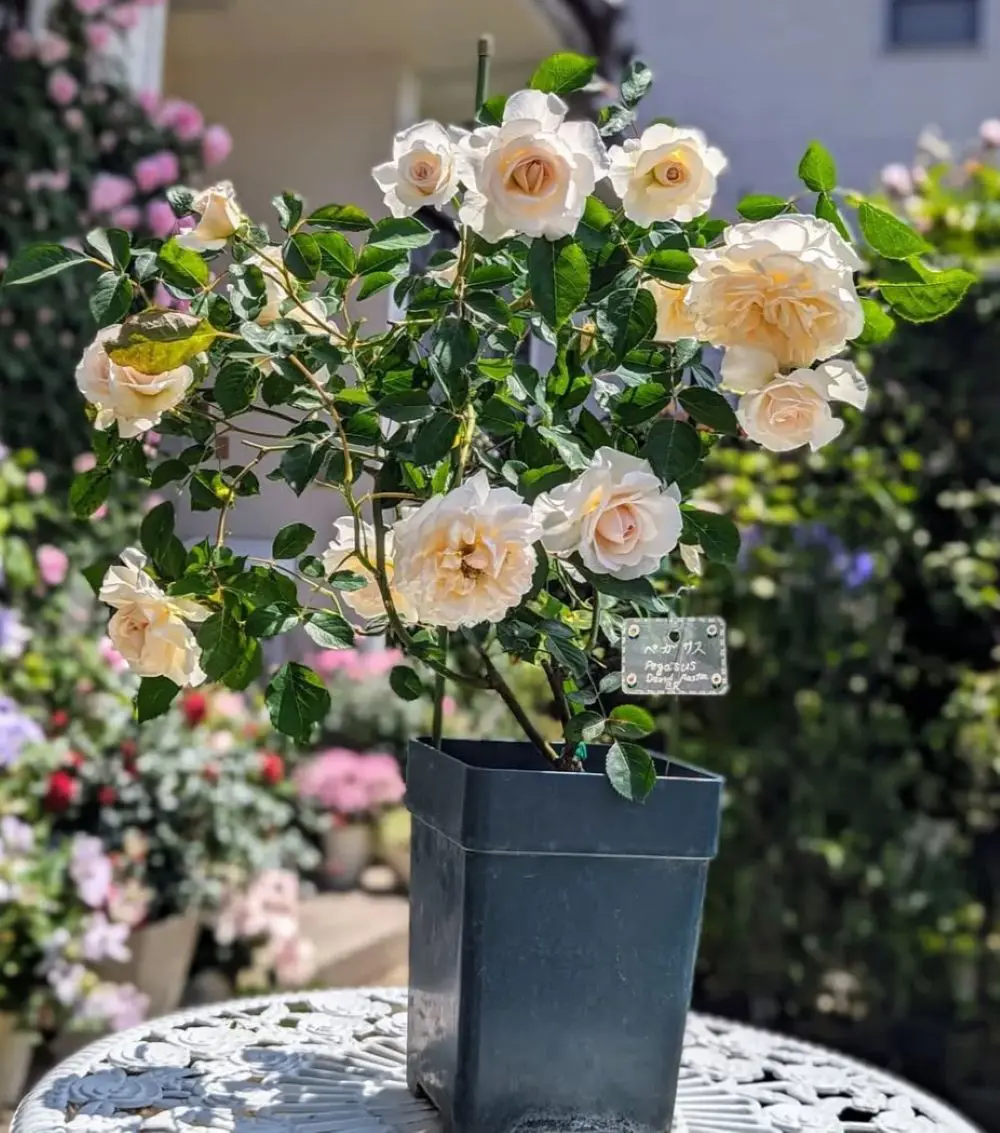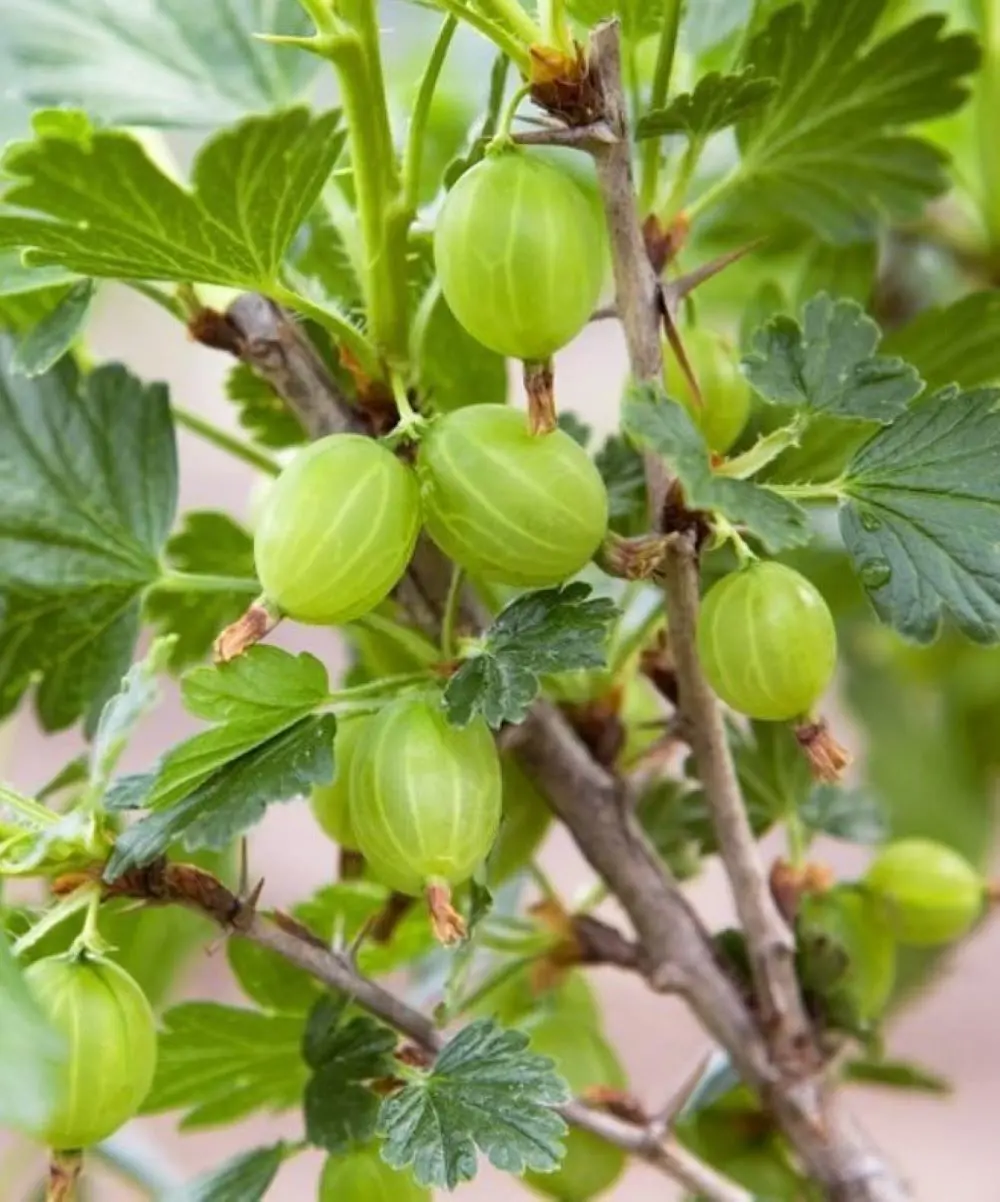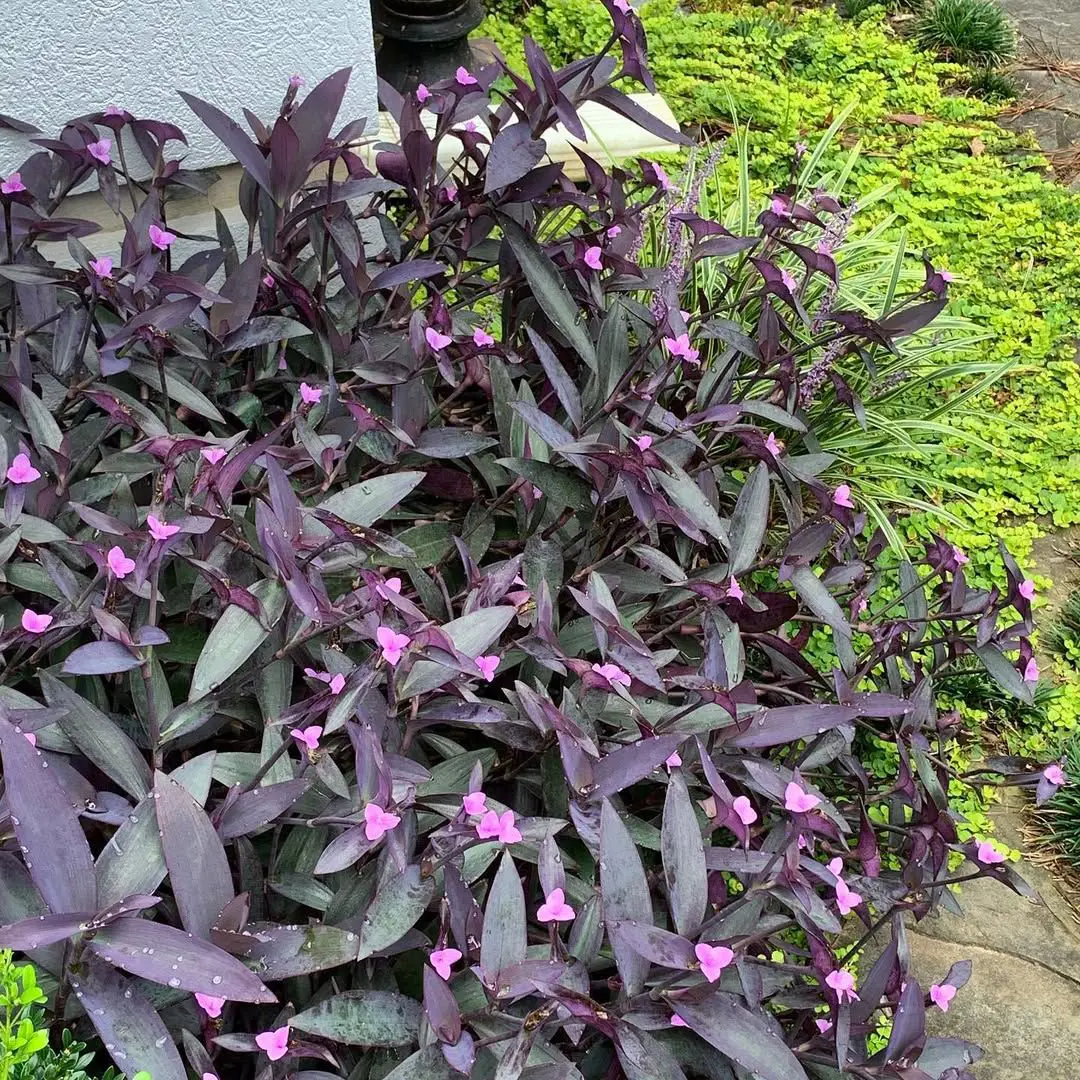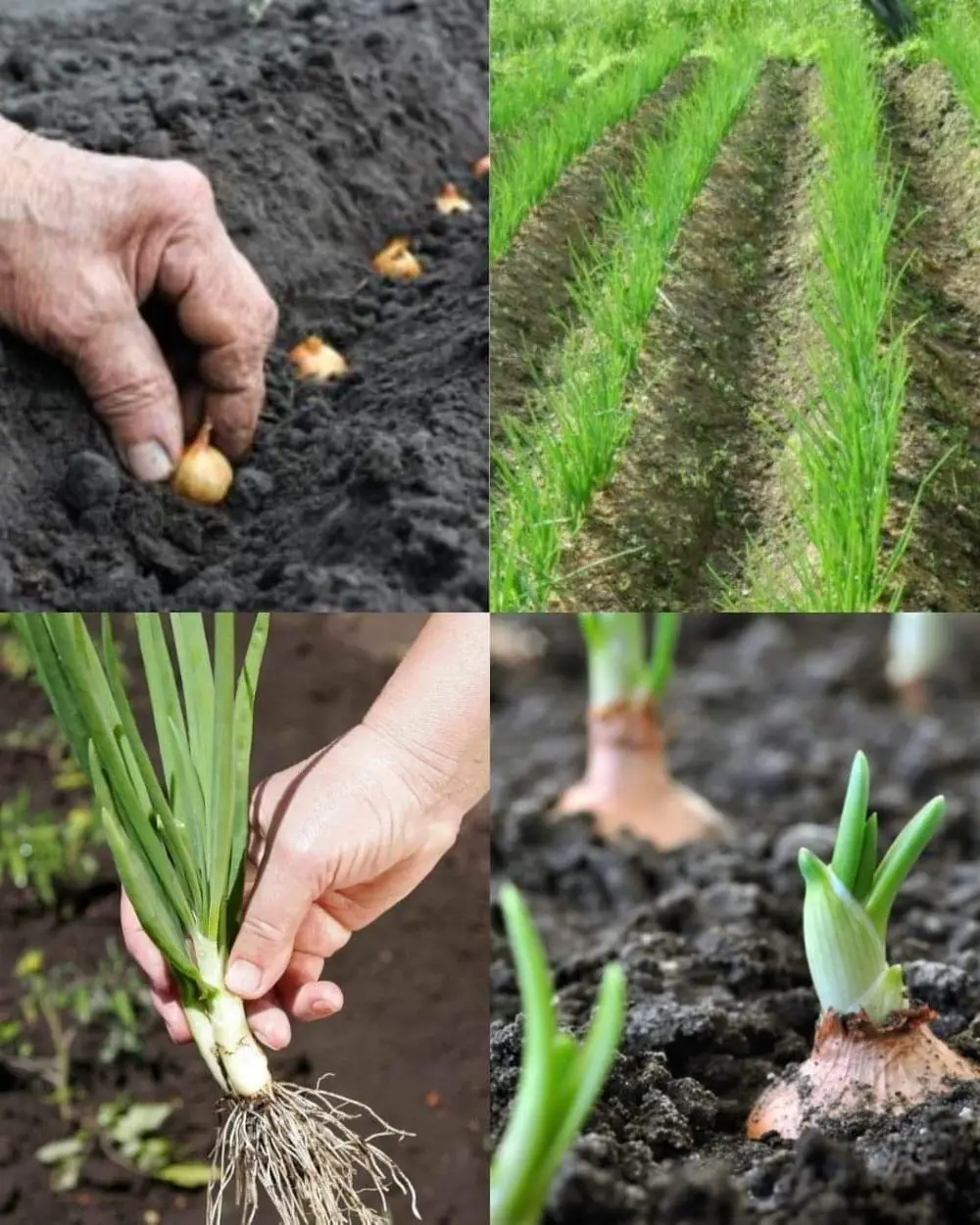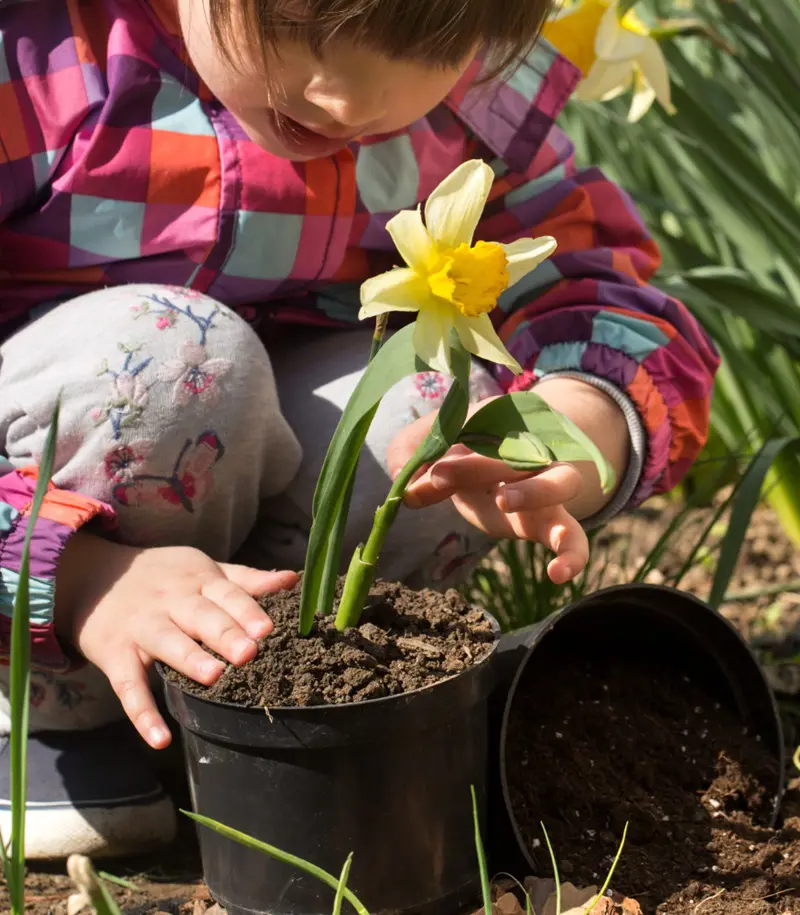When And Where to Plant Rubber Plant?
Unlike many plants, rubber plants are usually indoor dwellers. Their tropical roots crave warmth and humidity, making them less than thrilled with frosty nights.
It is vital to know about the ideal location for your rubber plant to grow properly. Likewise, you need to consider factors like light and soil for proper growth. It is your job as a gardener to ensure your leafy friend has the perfect foundation to flourish indoors.
Light
To grow rubber plant, you require bright and indirect light. It is better to put them in locations where they receive filtered sunlight, for instance, near a north or east-facing window. Too much direct sunlight can scorch their leaves.
Although they can tolerate lower light conditions, their growth may slow down, and their foliage can become sparse. Aim to offer around 6 to 8 hours of indirect light daily. If natural light is insufficient, you can consider a grow light as an alternative.
Soil
This plant thrives in well-drained and aerated soil that's rich in organic matter. A good potting mix for rubber plants typically includes equal parts peat, pine bark, and perlite or coarse sand.
This blend helps to provide adequate moisture retention while preventing waterlogging. Rubber plants prefer slightly acidic to neutral pH levels. Including compost or well-rotted manure could enhance nutrient content, supporting healthy growth.
Spacing
Rubber plants require adequate spacing to thrive. They should be placed about 3-4 feet apart from other plants or structures. This spacing ensures sufficient airflow and control of pests and diseases. Spacing is more vital when you have to grow rubber tree outdoors.
It also allows the plant's roots ample room to expand and prevents overcrowding, which can stunt growth. When grown indoors, avoid placing them too close to walls or furniture, as their broad leaves need space to spread.
Planting Time
The best time to plant a rubber plant is during the spring or early summer. This timing helps the plant to thrive in its new environment and form strong roots before the growing season.
When you plant during these warmer months, it ensures that the rubber plant benefits from increased sunlight and warmth. Likewise, avoid planting during the colder months since lower temperatures and reduced light might hinder its development.
